 The Third Policeman by Flann O’Brien (composed 1939-40; published 1967).
The Third Policeman by Flann O’Brien (composed 1939-40; published 1967).
Appreciation of Flann O’Brien’s The Third Policeman by A. L. Kennedy
The Third Policeman is that rare and lovely thing—a truly hallucinatory novel, shot through with fierce logic and intellectual rigor. It is a lyrical, amoral, funny nightmare: the most disciplined and disturbing product of an always interesting writer. Our protagonist is “the poor misfortunate bastard”—a drinker, philosopher, and obsessive bibliophile. His sins grow with him, making a logical progression from book theft to burglary and murder—all this against a heightened version of poor, rural Ireland: a setting layered with absurd but weirdly recognizable detail. He then stumbles into a potentially fatal alternative reality: a haunting, teasing Irish countryside of parlors and winding roads from which it seems impossible to return.
Beneath the music of O’Brien’s prose there is always a savage understanding of our failings, the pressures of poverty, greed, and fear. And there is always the dark humor that both excuses and condemns us. Our hero (who develops an entirely separate soul, called Joe) drifts into a weird landscape of jovially menacing policemen (who may or not may not be bicycles) and of inexplicable objects and mechanisms that operate beneath nature’s skin. His imprisonment and threatened execution seem even more troubling because they are nonsensical, perhaps even kind. Slowly it becomes clear that, among other things, this novel is about hell—a much-deserved, amusing, irrational, and entirely inescapable hell. Because, for O’Brien, hell is not only other people—it is ourselves.
Beyond this, The Third Policeman is genuinely indescribable: a book that holds you like a lovely and accusing dream. Read it and you’ll never forget it. Meet anyone else who has read it and you’ll find yourselves repeating sections of its melodious insanity within moments. Meet anyone who hasn’t read it and you’ll tell them they must. Which will be the truth.
 The Time of the Doves
The Time of the Doves The Unbearable Lightness of Being
The Unbearable Lightness of Being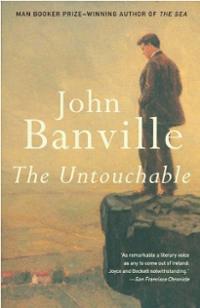 The Untouchable
The Untouchable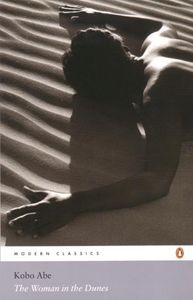 The Woman in the Dunes
The Woman in the Dunes Things Fall Apart
Things Fall Apart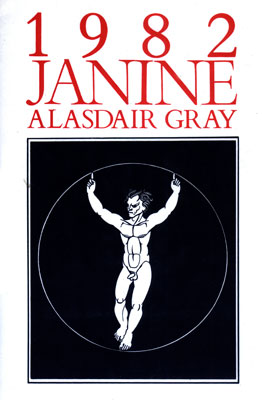 1982, Janine
1982, Janine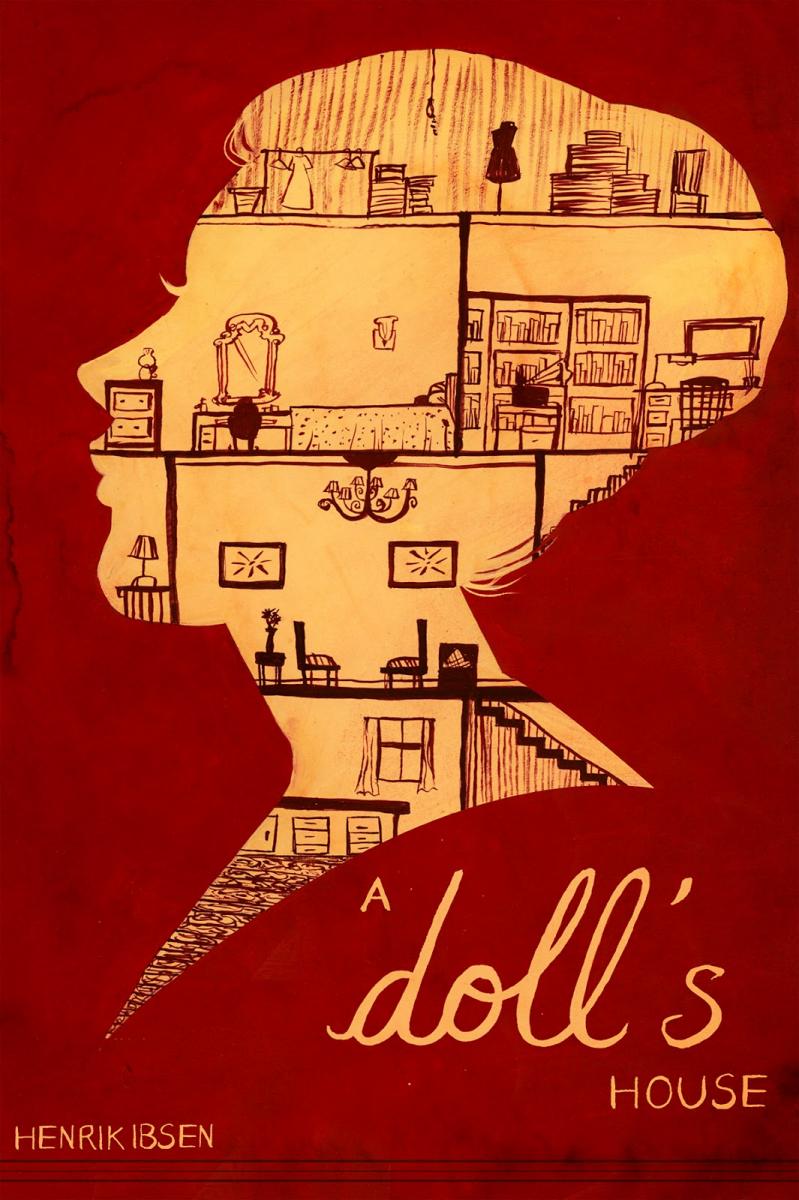 A Doll’s House
A Doll’s House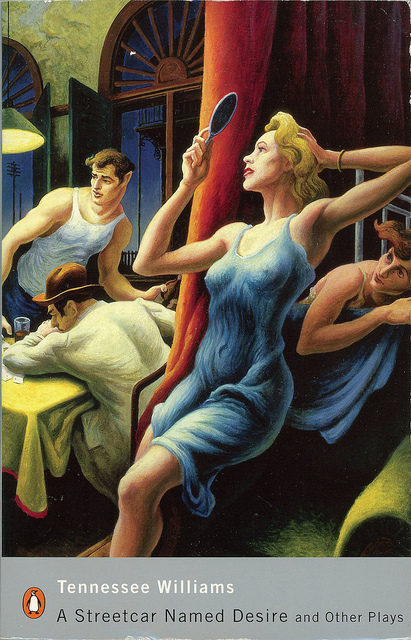 A Streetcar Named Desire
A Streetcar Named Desire Aesop’s Fables
Aesop’s Fables Buddenbrooks
Buddenbrooks Doctor Faustus
Doctor Faustus Edwin Mullhouse : The Life and Death of an American Writer 1943-1954 by Jeffrey Cartwright
Edwin Mullhouse : The Life and Death of an American Writer 1943-1954 by Jeffrey Cartwright Essays
Essays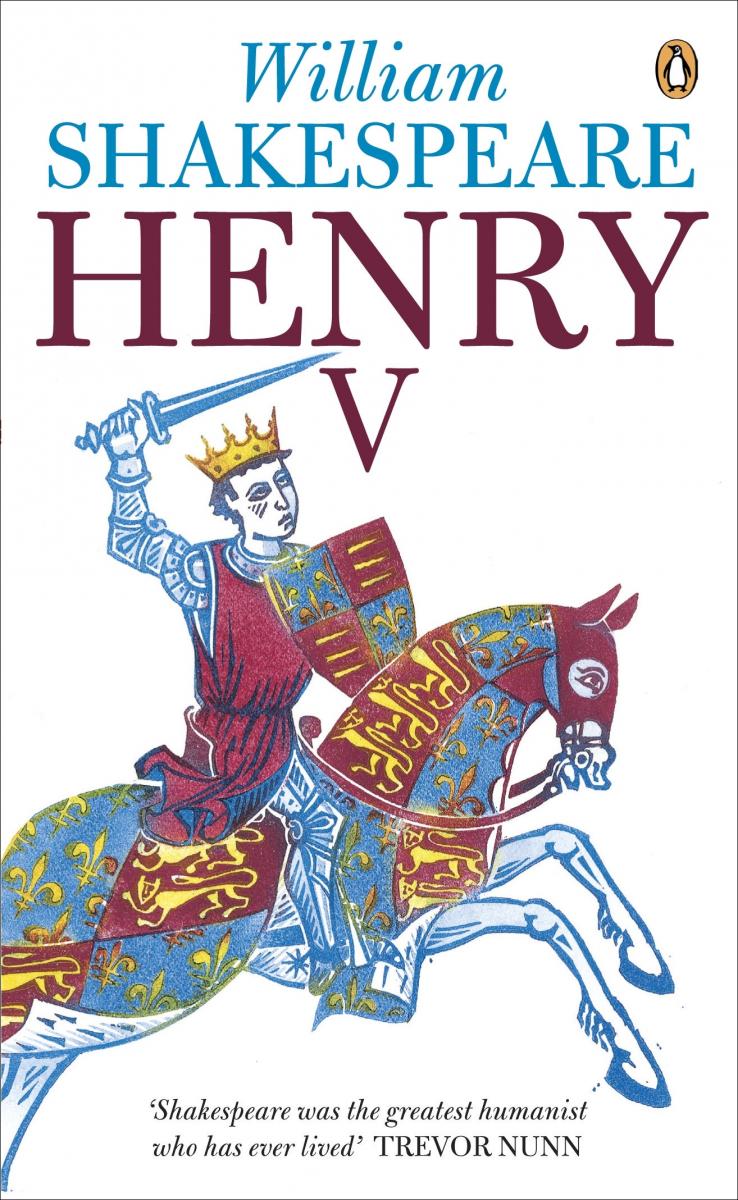 Henry V
Henry V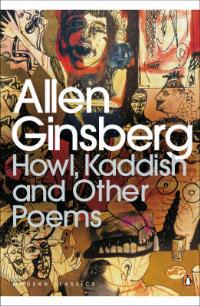 Howl
Howl Kristin Lavransdatter
Kristin Lavransdatter Life: A User’s Manual
Life: A User’s Manual Mahabharata
Mahabharata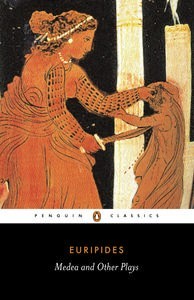 Medea
Medea Othello, The Moor of Venice
Othello, The Moor of Venice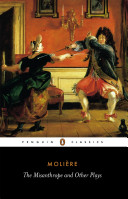 Plays of Molière
Plays of Molière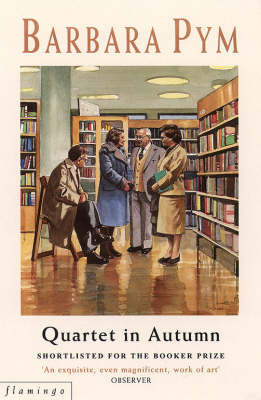 Quartet in Autumn
Quartet in Autumn Stories of Andre Dubus
Stories of Andre Dubus Sunset Song
Sunset Song